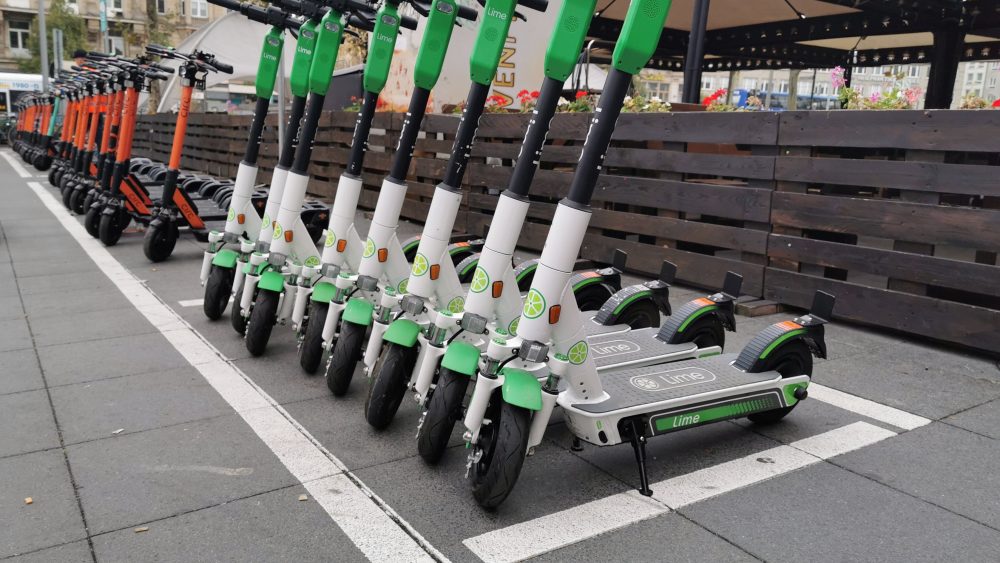Posted on 10 March 2020 by Phil Justice Flores
The views expressed in this publication are those of the authors and do not necessarily represent those of the Agenda 2030 Graduate School or Lund University. The present document is being issued without formal editing.
How do I get from my apartment to work? Which mode of transport should I take to meet my friends for dinner next week? These questions are something that we deal with regularly, yet, one requires more time for consideration than the other. Most likely, we do not deliberate much about the first question because it has become a part of our daily routine. With the second question, however, we are in a circumstance that somehow needs more thought. We have to consider things such as the distance and accessibility of the place where we will meet our friends, the time it takes to get there, the availability of parking spaces or public transportation at the location. But for both questions, many of us might fail to consider what the consequences of our transport choice is to the environment, or perhaps, we don’t and just ignore it?
Transport and Agenda 2030 Goal 11
The transport industry is responsible for 27 per cent of greenhouse emission in the European Union. In order to meet the target of “Make cities and human settlements inclusive, safe, resilient and sustainable” of the Agenda 2030 Goal 11 of Sustainable Cities and Communities, policy-makers and transport companies need to come up with concrete ideas to reduce the negative environmental impact from the transport sector. The United Nations define sustainable transport as “the provision of services and infrastructure for the mobility of people and goods advancing economic and social development to benefit today’s and future generations in a manner that is safe, affordable, accessible, efficient, and resilient, while minimizing carbon and other emissions and environmental impacts”.
Technological advancements have introduced potential solutions to help cities and communities increase sustainability in the transport industry without the need for huge changes in the built environment. One of the potential solutions generated through these developments is micromobility. Considered an answer to the first-and-last-mile problem, micromobility is a shared transport mode that uses electric or human-powered smaller scale, light-weight vehicles, such as bikes, e-bikes, e-scooters, and mopeds, on an as-needed basis. Sharing is usually through mobile applications.
Micromobility
Micromobility is designed as an alternative to conventional forms of transport. Five distinguishing features are essential to micromobility. First, it is a shared mode of transport. Second, it is designed for use of only one passenger per trip. Third, it can be used anywhere in a determined location without any specified routes. Fourth, most of the vehicles can be accessed through the use of smartphones and apps. Finally, users are able to use the vehicles anytime.
Several distinctions can also be used to differentiate between the microvehicles. Micromobility can include dockless and docked systems, and human-powered and electric-powered vehicles. Dockless system does not need any station for pick-up and parking of vehicles. Vehicles under this type can be left in public locations or any specified spaces, depending on the city legislation. Docked system, on the other hand, requires stations for getting and dropping-off of vehicles.
Whereas human-powered microvehicles need passenger effort to push the vehicles forward, electric-powered microvehicles make use of an installed battery to assist users in driving their vehicles during the trip.
Motivations for (Non-)Adoption of Micromobility
Why do people use these shared microvehicles? Several approaches to examine motivation for use of micromobility can be applied. A simple way of putting motivations into perspective is by asking some of these questions:
- Is it cheaper and more convenient to use micromobility than taking the car?
- Is the use of micromobility exciting and fun?
- Does the use of micromobility signal that I adopt innovations faster than my peers do?
The first question pertains to the functional benefits of using micromobility. Some users may take shared dockless e-bikes because they think it is cheaper than having one’s own e-bike. The second one refers to the possible feelings choosing micromobility induces, or the hedonic benefits of using the mobility option, such as excitement and fun. The last one shows the symbolic aspect of adoption. There are many possible reasons why users adopt the shared mode of transport, but these reasons could also act as barriers for people who refuse to adopt micromobility. Bearing these questions in mind, it is hard to say whether users and non-users see the environmental benefits of these vehicles.
What are your thoughts?
Going back to the questions I posed at the beginning, given the potential benefits and drawbacks of micromobility, would you consider taking a shared e-bike the next time you go to work because there is a docking station close by? Do you think it is possible to reach the meeting place with your friends though an e-scooter because there are no buses that go there? Lastly, do you consider these shared microvehicels part of a sustainable transport system? Let me know what you think!

